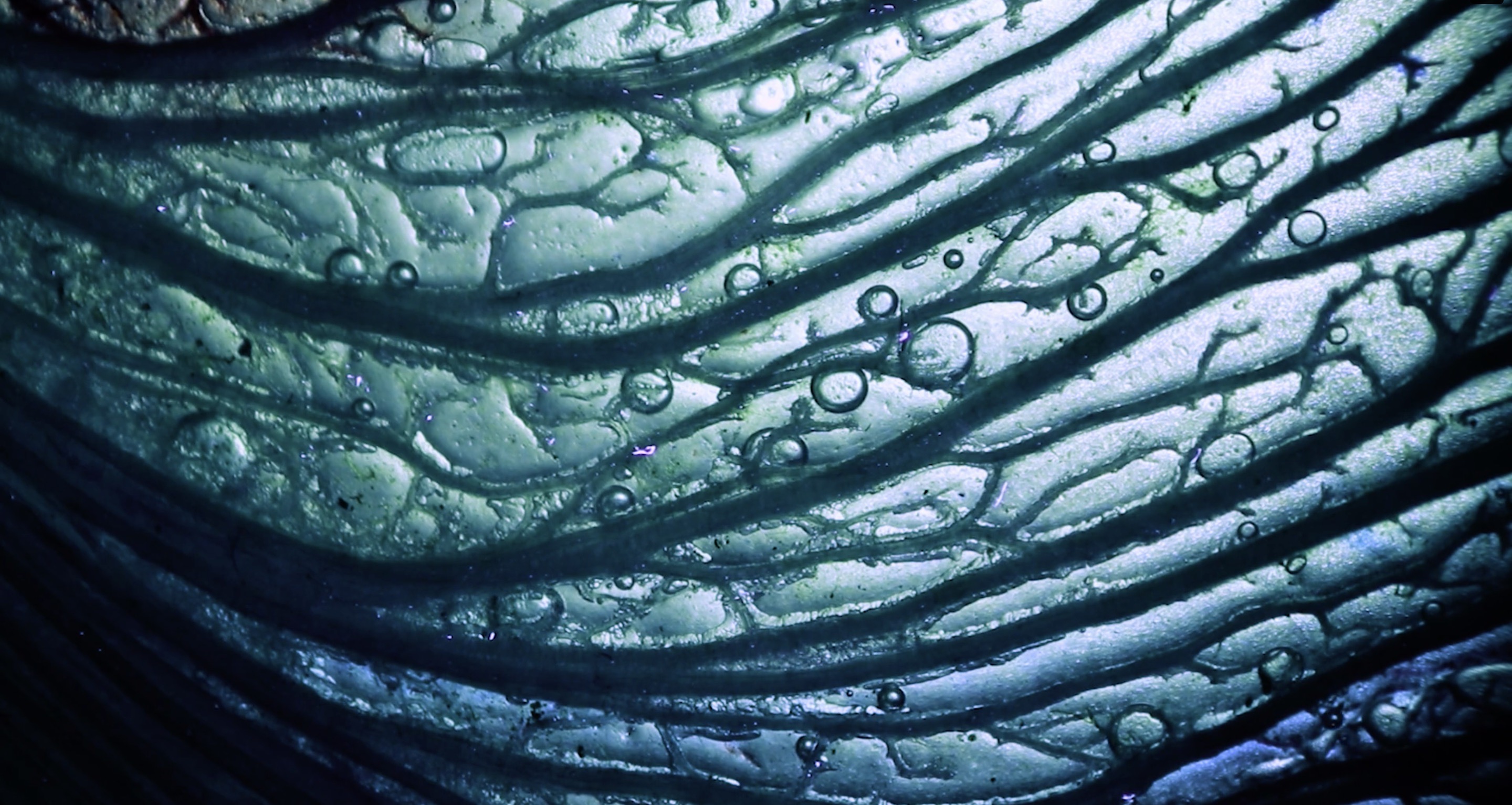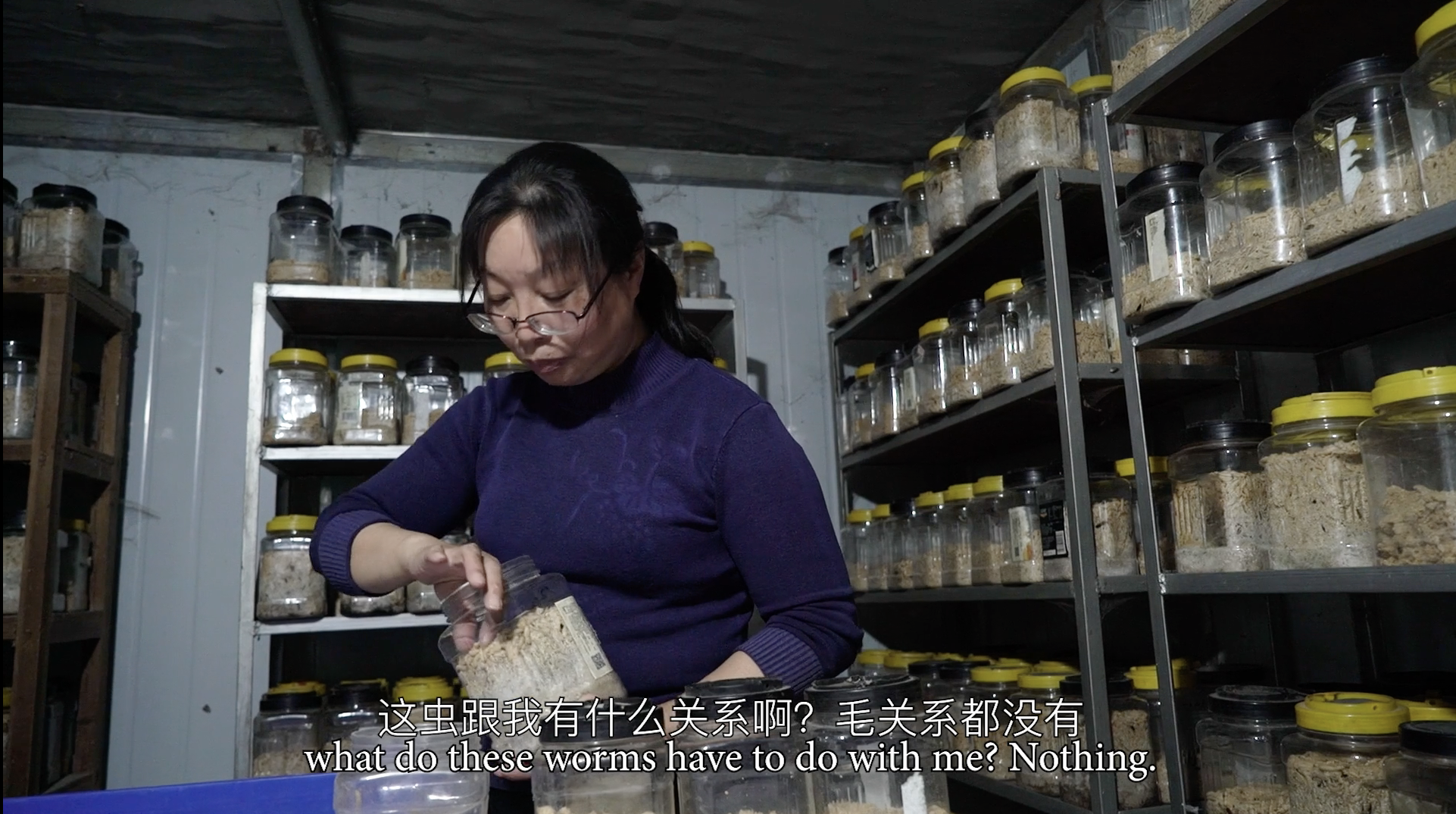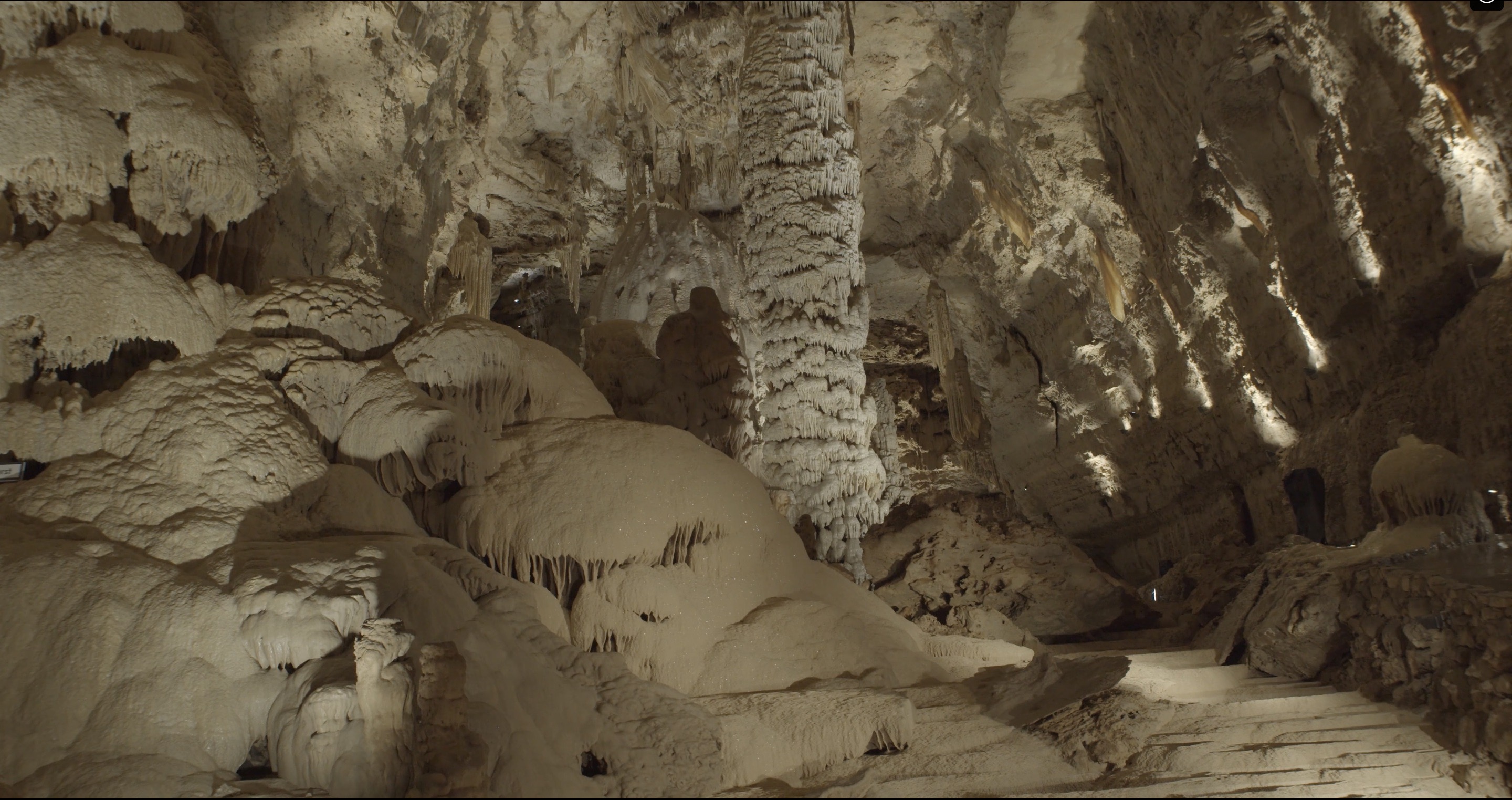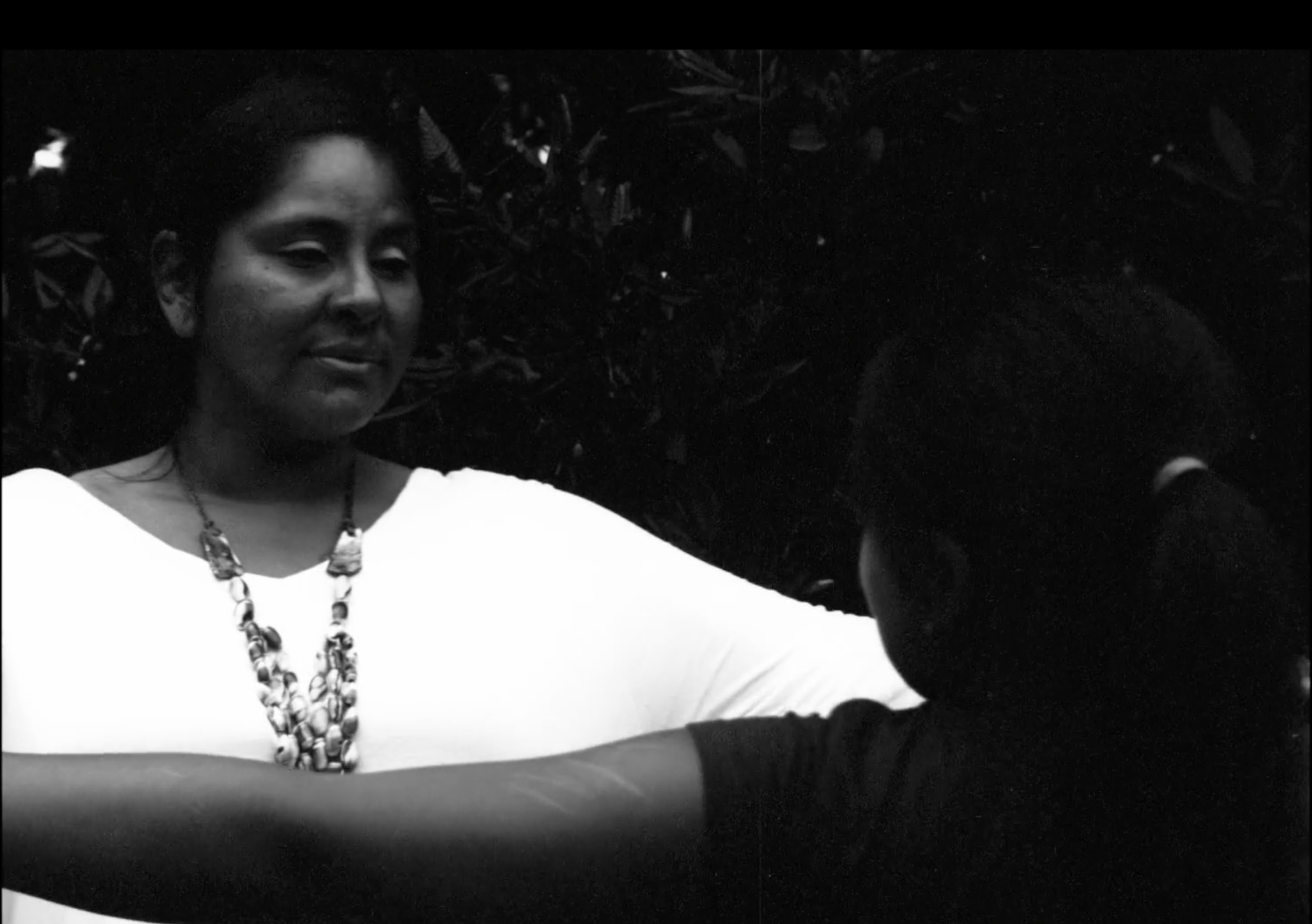Global Working Group to bring stories of life and death in today’s changing climate to Northwestern
Northwestern Buffett’s Climate Crisis + Media Arts Global Working Group will support the production of 10 projects depicting the present climate emergency across the globe

Still image from a forthcoming film supported by the Climate Crisis + Media Arts fund, Heaven in a Wildflower, directed by Jesseca Ynez Simmons
The world is closer than ever to exceeding the 1.5-degree Celsius limit to global warming set in the Paris Agreement less than a decade ago. Climate change no longer merely looms in our future—its impacts are already evident across the world and mounting faster than scientists predicted.
Media will play a critical role in shifting public perceptions of climate change from an impending threat to a present emergency. Still, while climate disaster blockbusters and television series have sought to illustrate possible environmental futures to enact real change in the present, few depict how people and animals are living and dying within a changing climate right now. A group of media artists, scholars and curators at Northwestern are working together to illuminate these stories.
The Climate Crisis + Media Arts group was established through the Northwestern Roberta Buffett Institute for Global Affairs’ Idea Incubation Process, which brings together Northwestern faculty from across disciplines to form Global Working Groups that generate and disseminate new knowledge on and responses to global challenges. The Climate Crisis + Media Arts Global Working Group’s mission is to influence cultural and political discourse on the climate emergency by creating new ways of depicting what it means to live and die within a changing climate in the present moment. To cultivate a global network of artists and scholars to contribute to the effort, the group circulated an open call last fall for applications from filmmakers, media artists and scholars across the world seeking support to produce film and media art illuminating such stories in innovative ways. Successful applicants would join the group’s collaborative network and receive up to $10,000 to be applied to a new project or in-progress work in film, video, sound art, installation or interactive media to advance the group’s mission.
The group received nearly 200 applications from Africa, Asia, Europe, North America, Latin America and islands of the Pacific and Indian Oceans. After a first round of review conducted by graduate student assistants in the group and a final round of deliberation by an external independent panel—Teresa Montoya, professor of anthropology at the University of Chicago; Abby Sun, Director of Artist Programs at the International Documentary Association and Herb Shellenberger, independent curator and writer—the group selected 10 projects that best embody the innovative, interdisciplinary approaches and the collaboration and accountability in climate media practice that the Climate Crisis + Media Arts Global Working Group seeks to promote.
The group plans to organize a showcase of completed projects in the spring of 2024 on Northwestern’s campus. The projects supported by the group include:
Jesseca Ynez Simmons, Heaven in a Wild Flower
An exploration of the bees’ exuberant world, along with their dire situation, through magnification. A document of poetically interpreted science geared towards reaching audiences in a different way.
Jiayu Yang, The Entomologists
An immersion in the rhythms and overlapping ecologies of a small family insect farm in a rapidly growing urban-fringe area in southern China, exploring the reconfiguration of the relationship between humans and the nonhuman world, climate change and sustainability and the urban revolution in China.

Sebastián Pinzón Silva, Kikuyu
A film that denounces the way in which the grasses have taken over the American continent and have devoured all kinds of native species that previously provided food and regulated the cycles of the different ecosystems.
David Kelley and Patty Chang, (Stray Dog) Hydrophobia
Set against the backdrop of the United Nations Law of the Sea and this year’s meeting of the International Seabed Authority in Kingston, Jamaica, the film imagines a more-than-human relationship to the seabed; a relationship between minerals, animals and machines and visiting humans in the hydrocommons.
Jessica Bardsley, The Cave Without a Name
A poetic essay film that shows that the night’s wonders—bats, stars, dreams, rest and punk rock—are key to healing the damage that capitalism continues to cause for humans, nonhumans, and their shared environments.

Lisa Marie Malloy, Shunfeng’er
Starring the famed Taiwanese actor-filmmaker Lee Kang-Sheng, the film weaves together narrative modes of filmmaking with experimental engagements with other-than-human subjects, such as submarine detection technologies, whales, the ocean and the diverse ecology throughout Taiwan.
Courtney Stephens, A Very Bad Wizard
A feature-length documentary that traces the history of weather prediction from magic and the Farmer's Almanac to big data and, in doing so, brings awareness to ways in which agricultural communities depend on and interact acutely with weather knowledge.
Brigid McCaffrey, Below the Big Grove
A feature-length film that contrasts stories of deliberate solitary retreat with portraits of collective communities amid the landscapes of Mendocino County in northwestern California.

Erik Nuding and Kendall Fitzgerald, With Their Backs to the Sky
A collaborative film bringing together a team of artists and scientists following the Ekipa Fanihy bat research team and local bat catchers as we explore the threats of habitat degradation, disease spillover and bat/human conflict in Madagascar.
Ben Russell, We Have Always Lived in the End Times
An observational approach in documenting the everyday of an intentional community of squatters, eco-activists, farmers and militants in northwestern France to better understand how the success of a radical ecological protest movement can offer a path through the climate crisis facing us all.
